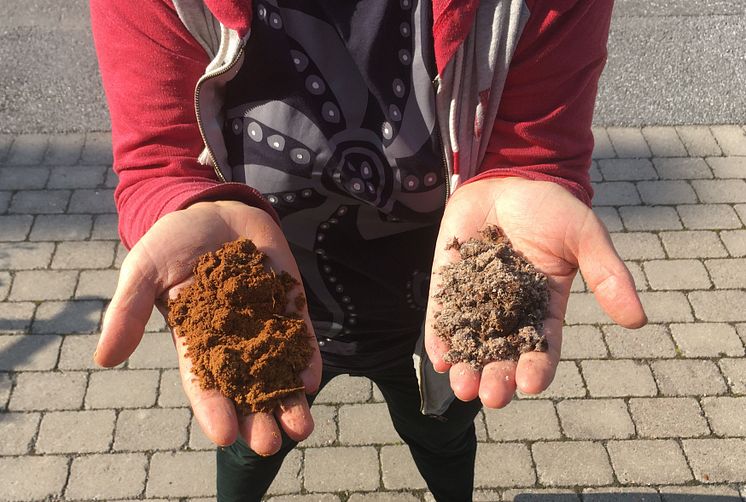
Image -
Fungus
Head of research Anna Rosling with soil from Ivantjärnheden. In the reddish, relatively poor soil (left), Archaeorhizomyces secundus thrives, while in the more humus-rich soil (right), Archaeorhizomyces victor is dominant.
Veera Tuovinen
- License:
- Media Use
The content may be downloaded by journalists, bloggers, columnists, creators of public opinion, etc. It can be used and shared in different media channels to convey, narrate, and comment on your press releases, posts, or information, provided that the content is unmodified. The author or creator shall be attributed to the extent and in the manner required by good practice (this means, for example, that photographers should be attributed).
- By:
- Veera Tuovinen
- File format:
- .jpg
- Size:
- 3498 x 2353, 1.15 MB
